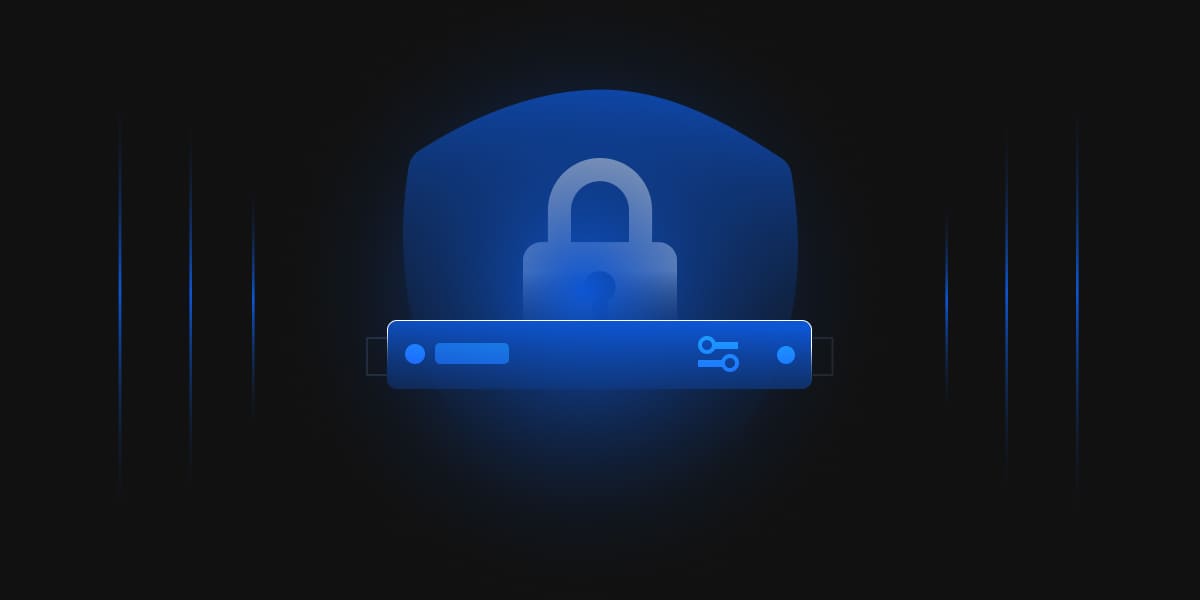Introduction
Keys and certificates quietly play a crucial role in maintaining the digital order within organizations. These components serve as the bedrock of a company’s security infrastructure, demanding vigilant oversight through regular audits for continual enhancement. Following are the various essential steps that breathe new life into these protectors, ensuring they maintain resilience against evolving threats.
-
Ensure policies are reviewed annually
One foundational step is to establish and regularly review SSL and SSH policies. This involves defining certificate and key attribute thresholds, specifying minimum key lengths, and approving cryptographic algorithms. Additionally, organizations should set maximum validity periods for certificates and private keys, identify approved certificate authorities (CAs), and establish guidelines for their selection. Policies governing certificate management, enrollment procedures, and private key management are critical, including aspects like revocation checking on relying party systems.
-
Methodical Key Inventory Management
Maintaining a comprehensive inventory of keys and certificates is equally vital. This involves conducting periodic network and onboarding scans, ensuring well-defined procedures for registering certificates and private keys not discoverable through scanning. The inventory should include all locations, owners, and relevant attributes of certificates, forming a foundational database for effective security management.
-
Ensure Policy Adherence for Keys and Certificates
Utilize the comprehensive reports generated by advanced key and certificate management tools to assess adherence to organizational policies. Parameters such as attribute thresholds, cryptographic algorithms, and renewal periods should be systematically examined within these reports. The strategic inclusion of proactive measures, particularly revocation checking, enhances the ongoing scrutiny of key and certificate compliance.
-
Comprehensive Review of Private Key Management Processes
Regularly reviewing private key management processes is a critical aspect of security. This includes prohibiting administrators from direct access to private keys and replacing keys accessed by administrators who are reassigned or leave the organization. Enforcing strong credentials, separation of duties, and dual control mechanisms, along with logging all management operations in a secure audit log, ensures policy compliance and strengthens security measures.
-
Prevent Migration Risks
To mitigate risks, organizations should implement safeguards preventing the migration of non-production keys and certificates to production. This involves limiting access to keys and certificates in non-production environments and restricting the use of test CAs to non-production systems. By doing so, organizations can maintain a clear separation between testing and production environments, reducing potential security vulnerabilities.
-
Readiness for CA Compromise
Being prepared for a CA compromise is crucial. This includes regular audits of the security and operations of both internal and external CAs. Organizations should maintain backup CAs with active contractual relationships with vendors for external CAs or offline activation options for the internal ones. Establishing preparation and recovery plans for a CA compromise ensures a swift response, including procedures for replacement of all certificates issued by each currently used CA and removal of trusted root certificates from applicable trust stores in the event of a root CA compromise. Monitoring technologies and defined roles and responsibilities during a CA compromise response further strengthen security measures.
How can Encryption Consulting Help?
Our Encryption Advisory services encompass a comprehensive evaluation of your existing Data encryption and PKI landscape. We go beyond by refining cryptographic and key management policies, ensuring alignment with regulatory standards and industry best practices for a fortified organizational security posture.
Conclusion
Regular audits serve as the heartbeat of this security ecosystem, providing continuous improvement and adaptability against the ever-evolving threat landscape. From policy reviews to proactive measures like preventing migration risks, each step weaves into the fabric of a robust security framework. However, as we conclude, it’s also crucial to recognize that securing keys and certificates isn’t merely about the audit process; we should pledge to always protect them, making our digital defenses strong and lasting.




